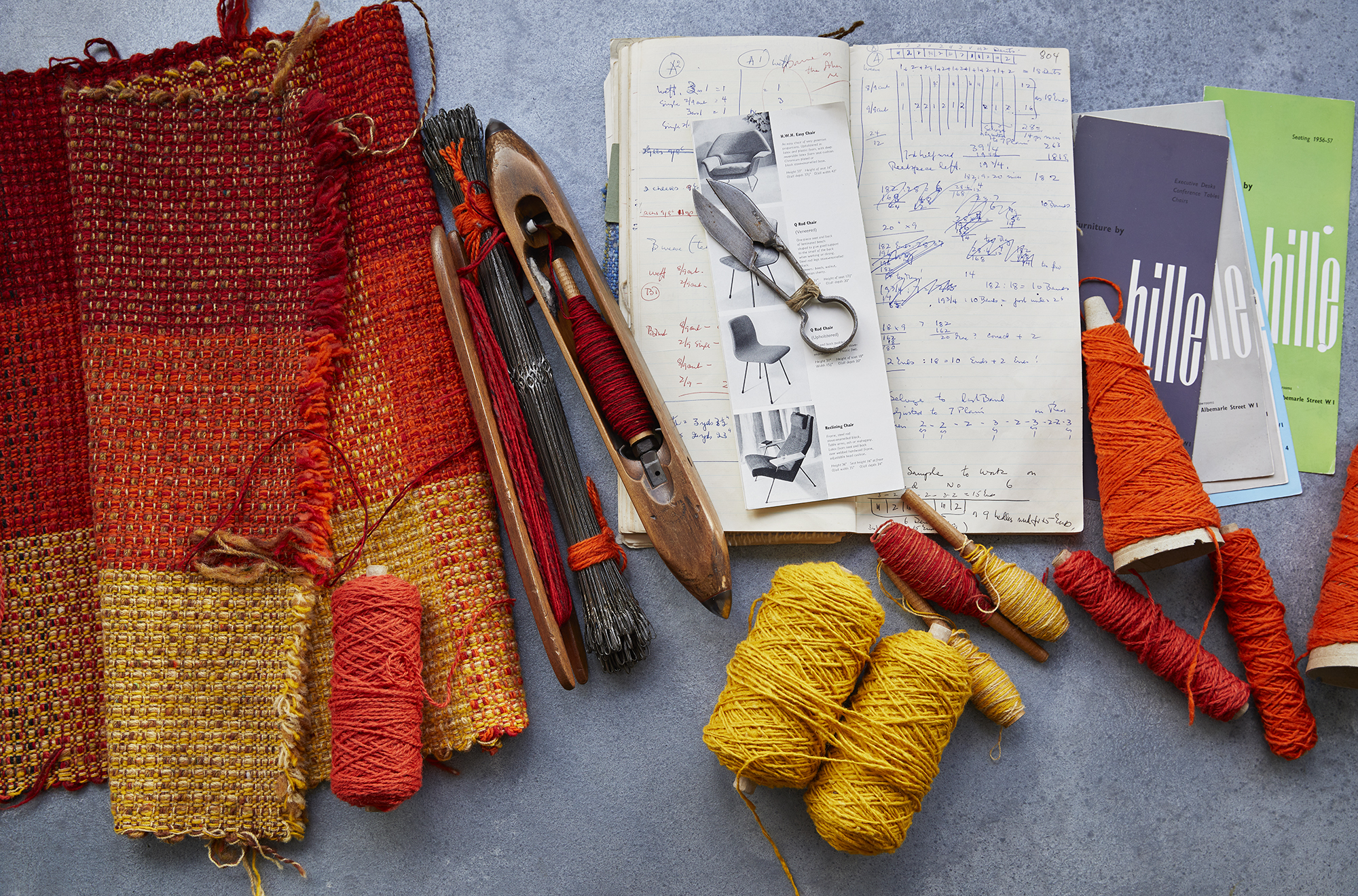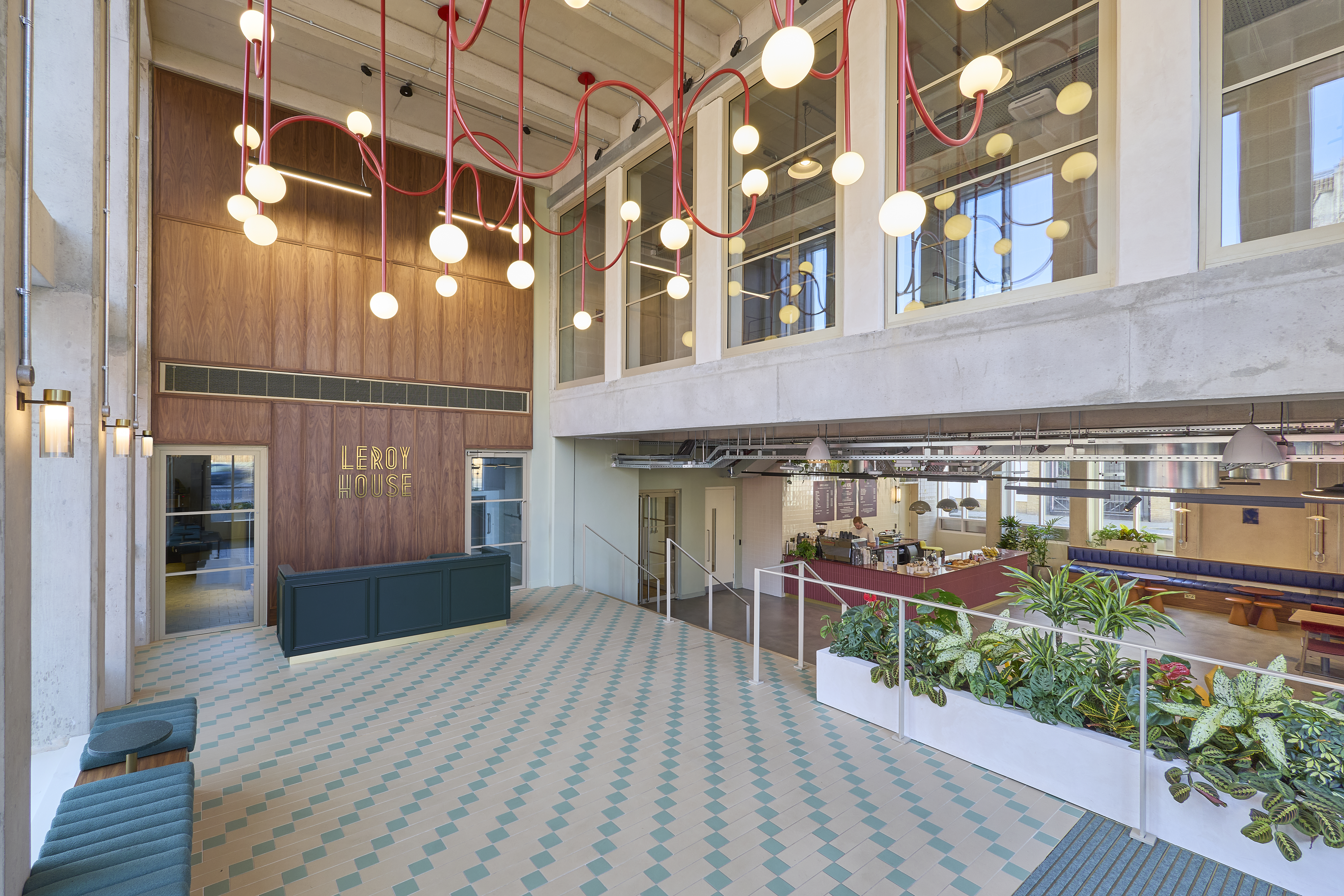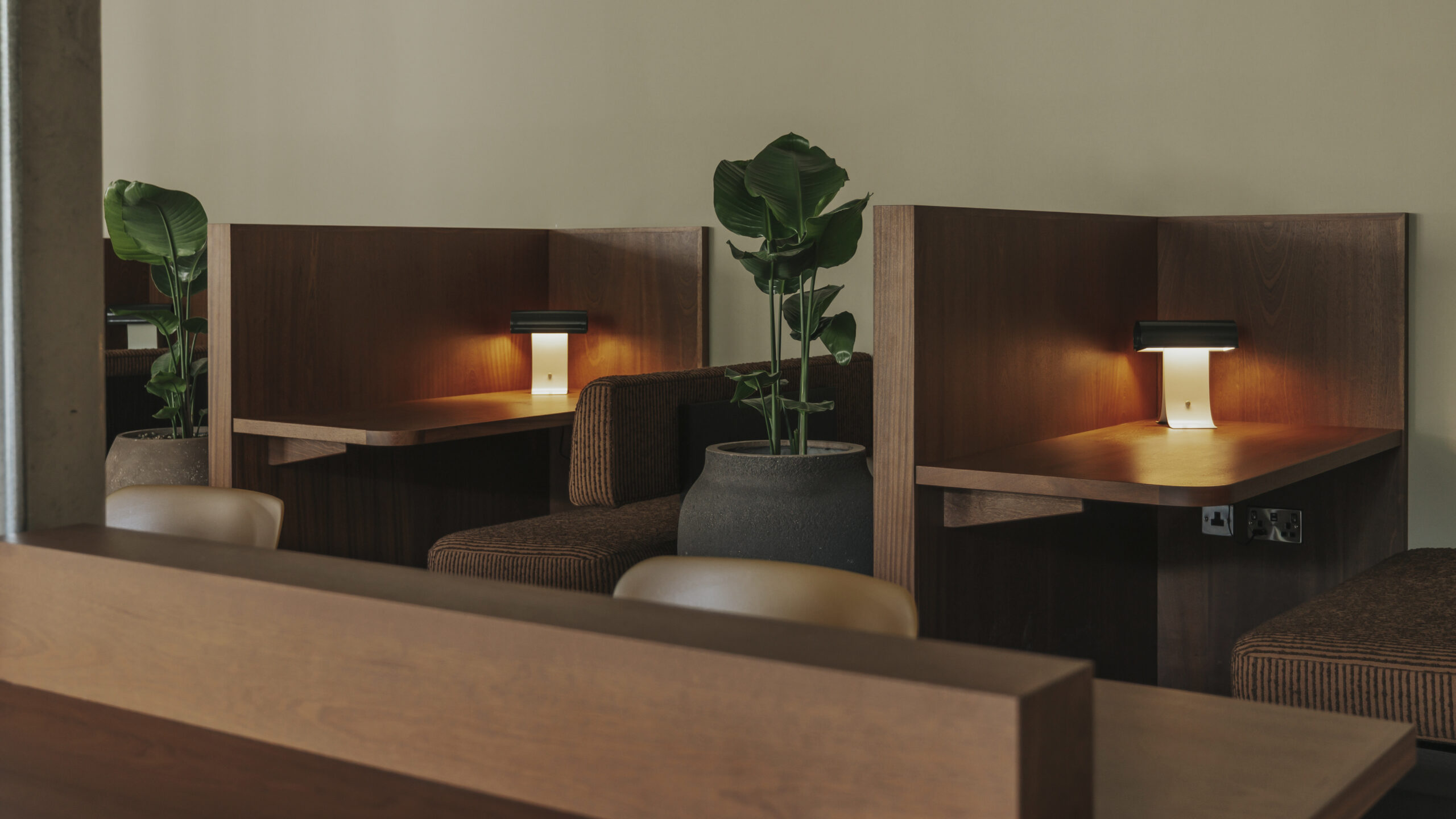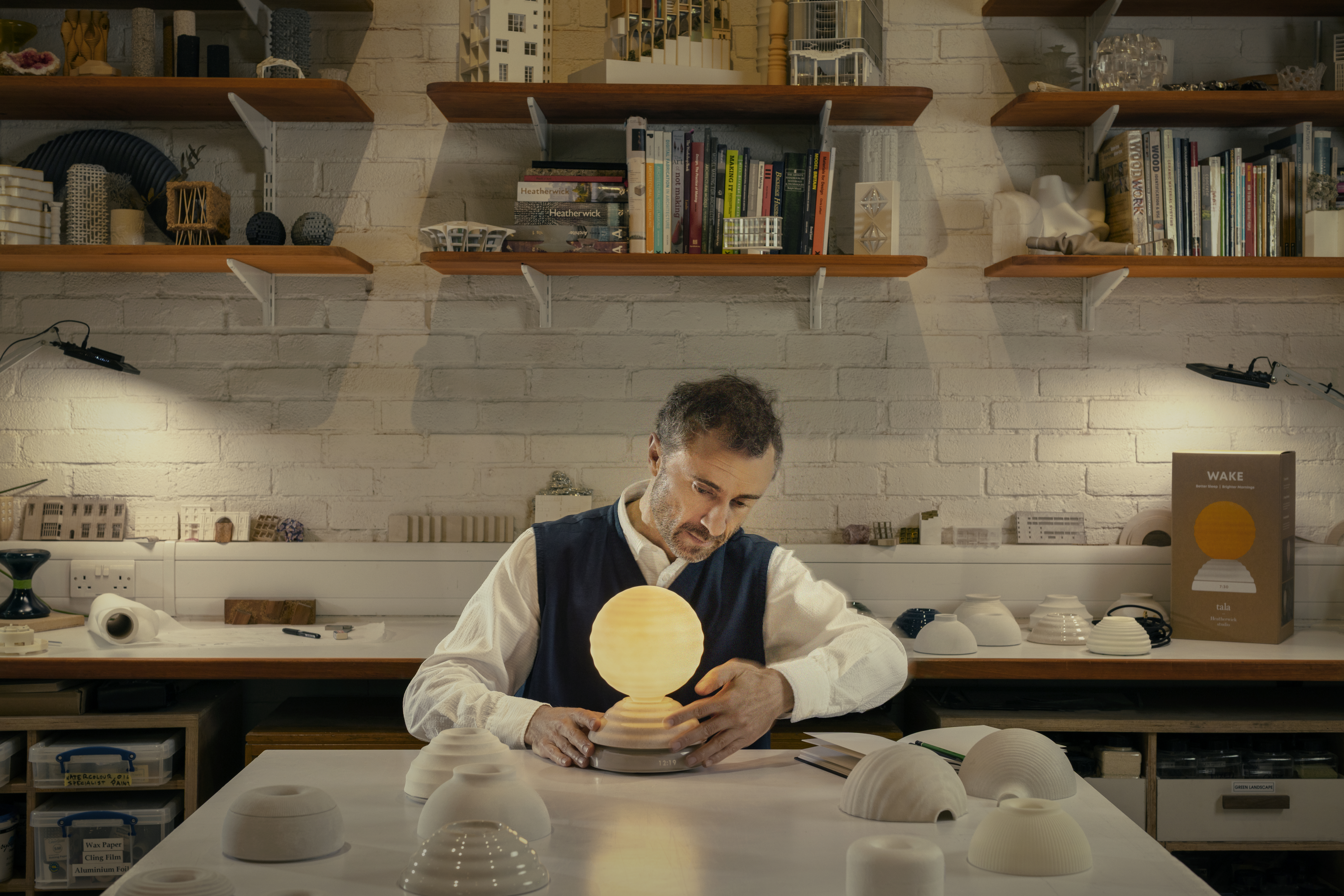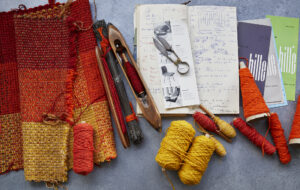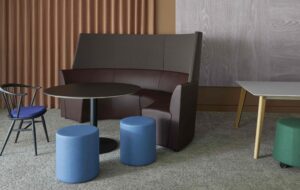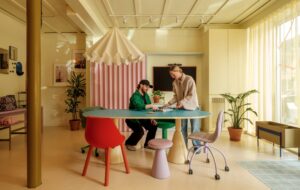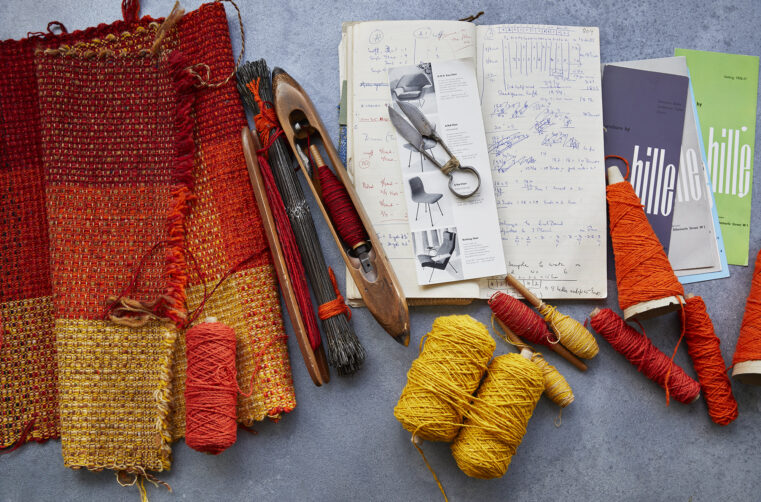
More than 70 years ago, pioneering Norwegian designer Gerd Hay-Edie founded Mourne Textiles, producing fabrics for the likes of Robin Day and Terence Conran. Today, the company remains in the family, who celebrate Hay-Edie’s legacy by reviving and adapting her designs
The location of family-run heritage brand Mourne Textiles is an essential part of its DNA. Its fabrics’ nuanced colours and tactility echo the mellow hues and natural textures of its rural setting near Rostrevor in County Down, Northern Ireland. The fabric names and shades often reinforce their connection to the natural environment. Mourne Check, for example, is available in hues such as Gorse, Bilberry and Cloud; and all the company’s furnishing fabrics are made from natural fibres. Most come in muted tones, but even those in zingier colours, typically fiery oranges and yellows, seem rooted in nature: one yellow shade recalls the yellow of gorse bushes that dot the countryside around Rostrevor.
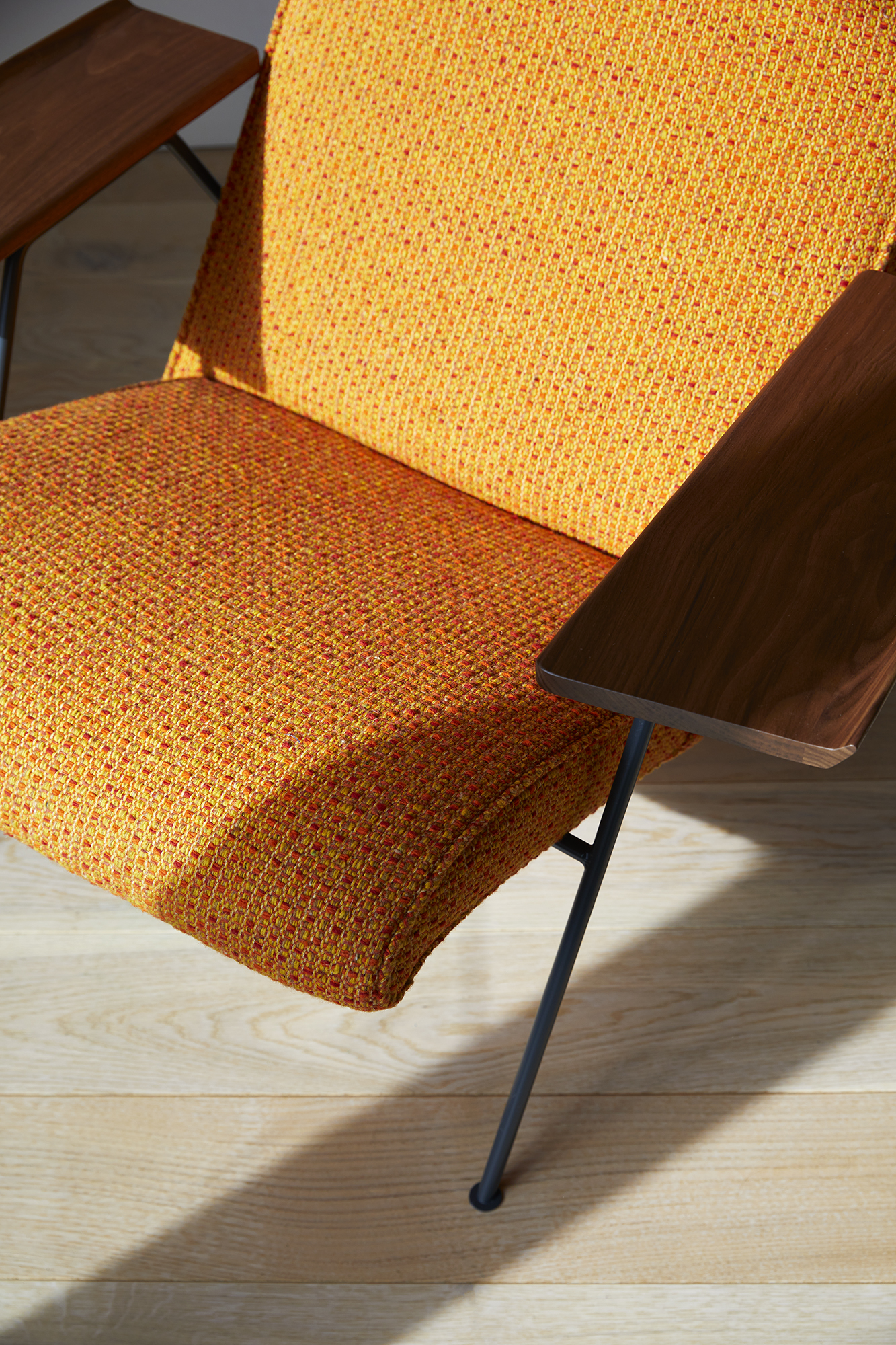
Established in 1951, the company is based in the foothills of the Mourne Mountains – a name derived from a Gaelic clan called Múghdhorna, later anglicised to Mourna. Continuity is highly valued by the brand, run today by Mario Sierra, the grandson of founder Gerd Hay-Edie, née Bergerson (1904-1997). Her daughter, Karen, also an expert weaver, started out as an apprentice, then worked closely with her mother.
Mourne Textiles operates today from its original purpose-built studio. In 2019, Sierra set up another mill a few miles northwest of Rostrevor that produces longer lengths of upholstery fabric, as well as blankets and cushions suitable for the contract furniture and interior-design sectors. “Everything is made on site,” says Sierra. “We revive or adapt a lot of my grandmother’s designs from our archive. Some are reproduced as they were; some are updated in new colourways.”
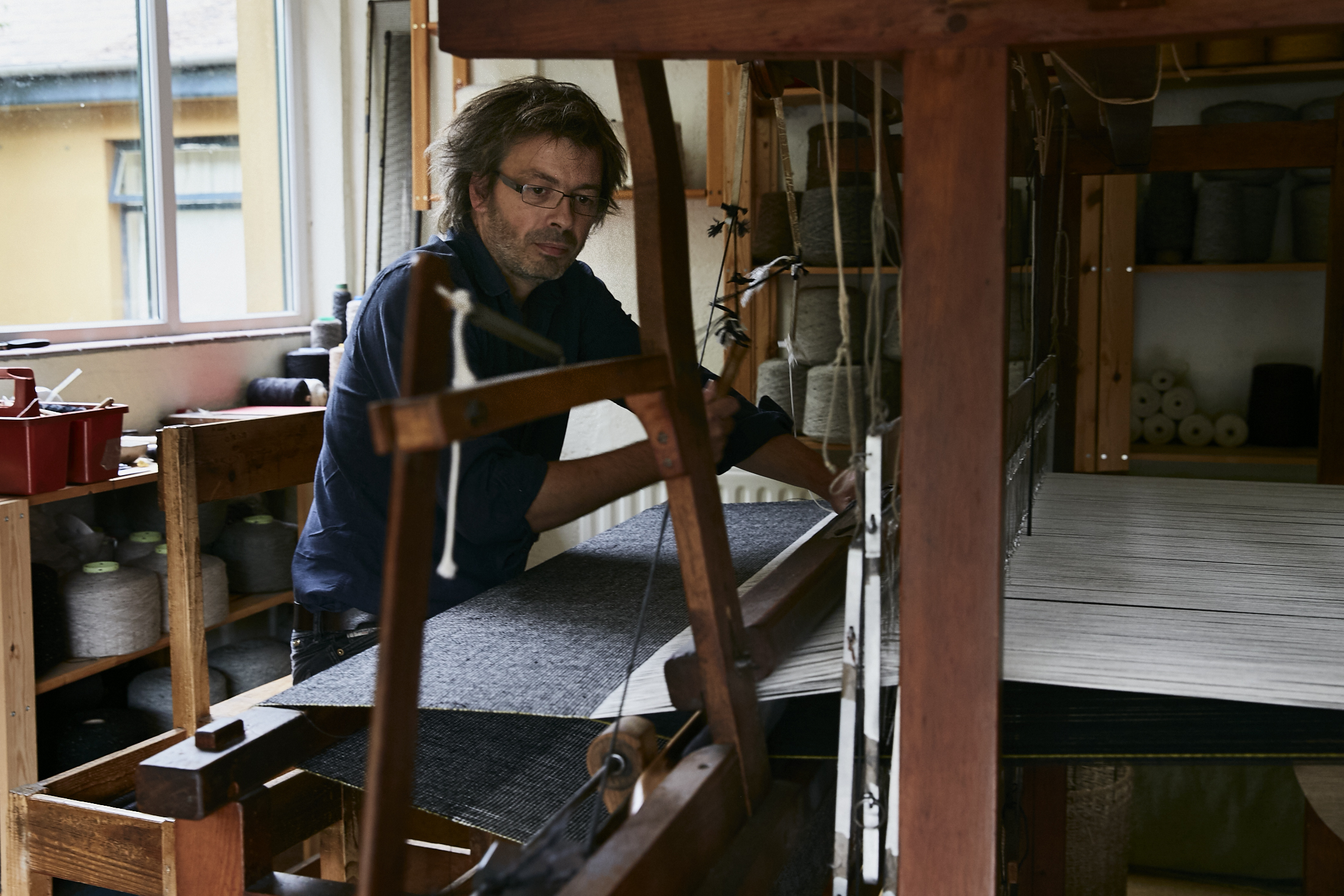
Another signature fabric is Mourne Mist, created in 1951 for furniture designer Robin Day, who acted as a consultant for celebrated mid-century furniture company Hille. It might come as a surprise that Day – an urbanite who lived in Chelsea with his wife, textile designer Lucienne – sourced fabrics from a remote spot in Northern Ireland. Yet Mourne Textiles’ origins are surprisingly cosmopolitan.
Norwegian-born Hay-Edie was a dynamic, initially peripatetic designer-maker who studied hand-weaving in Oslo. In 1932, she moved to the UK, and in 1936 oversaw the textile mill at Dartington Hall in Devon. In 1938, she married Englishman Archie Hay-Edie in Cumbria, having been wooed previously by impassioned suitor Wilhelm Reich, the Austrian psychoanalyst.
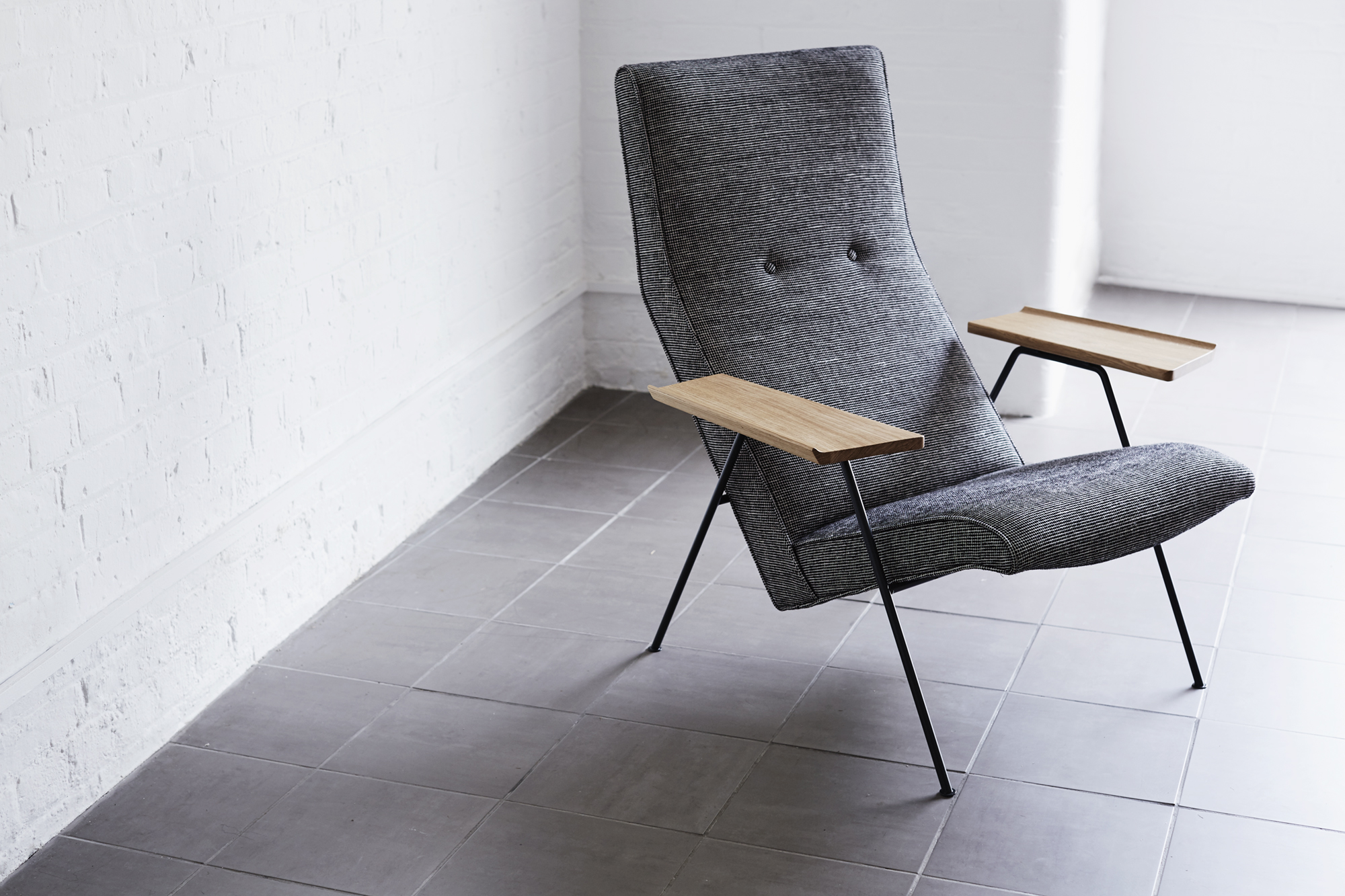
Archie worked in the shipping industry, and he and Gerd lived in Shanghai, Hong Kong and Calcutta. In China, Gerd learnt how to operate local looms. “My grandmother was incredible – she took off to Spain alone at the age of 18,” says Sierra. “She hung out with artists in Cadaqués.” By then, the coastal Catalan town had become a magnet for bohemian souls such as Salvador Dalí.
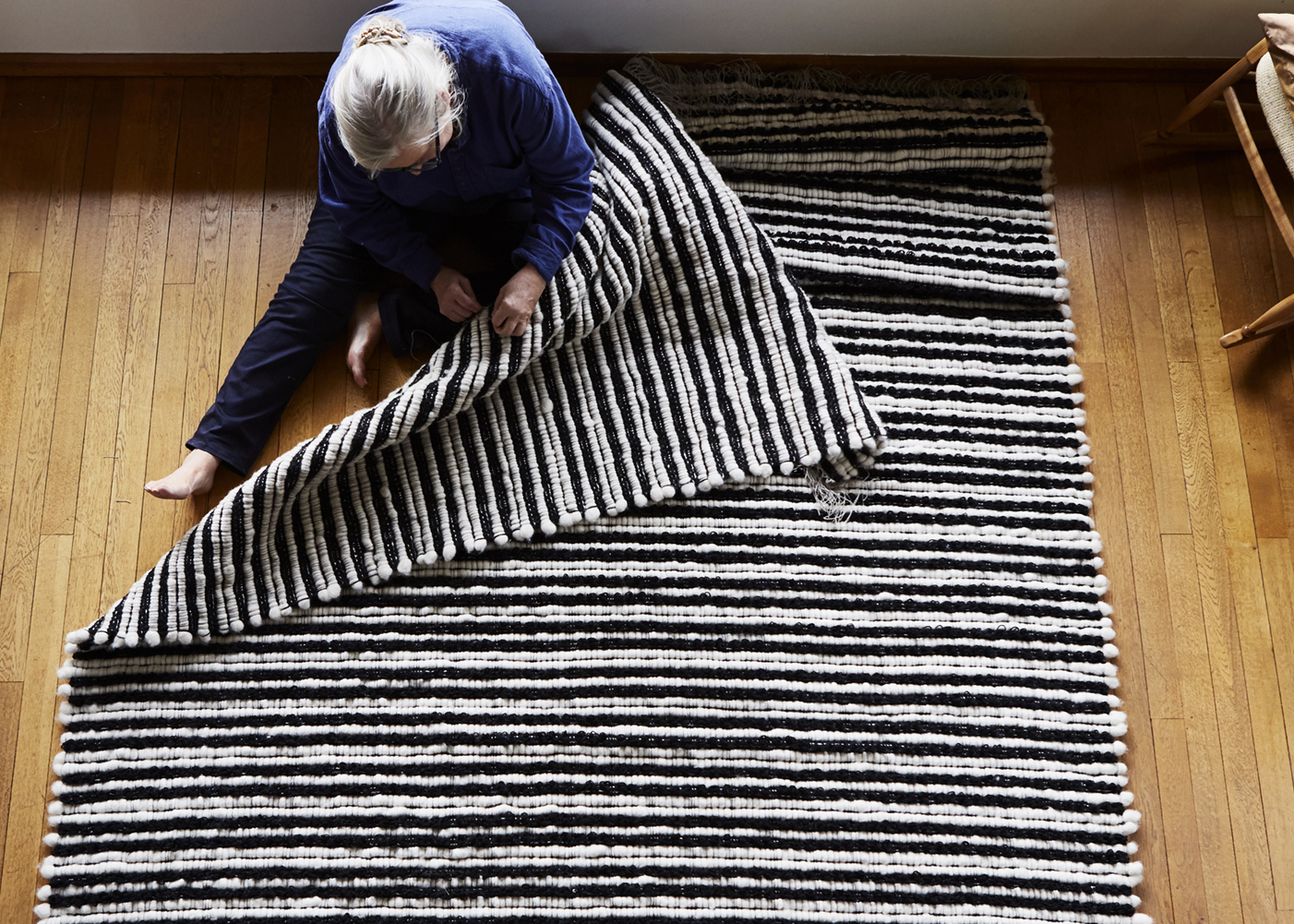
“There were Asian influences in her textiles,” adds Sierra. “She used chopsticks to create loops in the yarns to add texture. Our fabrics today are better known for their texture than colour. Even when using a strong colour, say red, it’s subtle – a blend of different red tones. Our yarns are from Donegal, which produces a finish that is quite textured.” In 1954, designer Terence Conran commissioned furnishing fabrics that spawned another notable style: Blazer. And Irish couturier Sybil Connolly asked Hay-Edie to design Irish tweeds for her collections. Sierra says that his grandmother was the consummate designer-maker: “She’d walk around the workshop with a pencil behind her ear and a spanner in her pocket.”
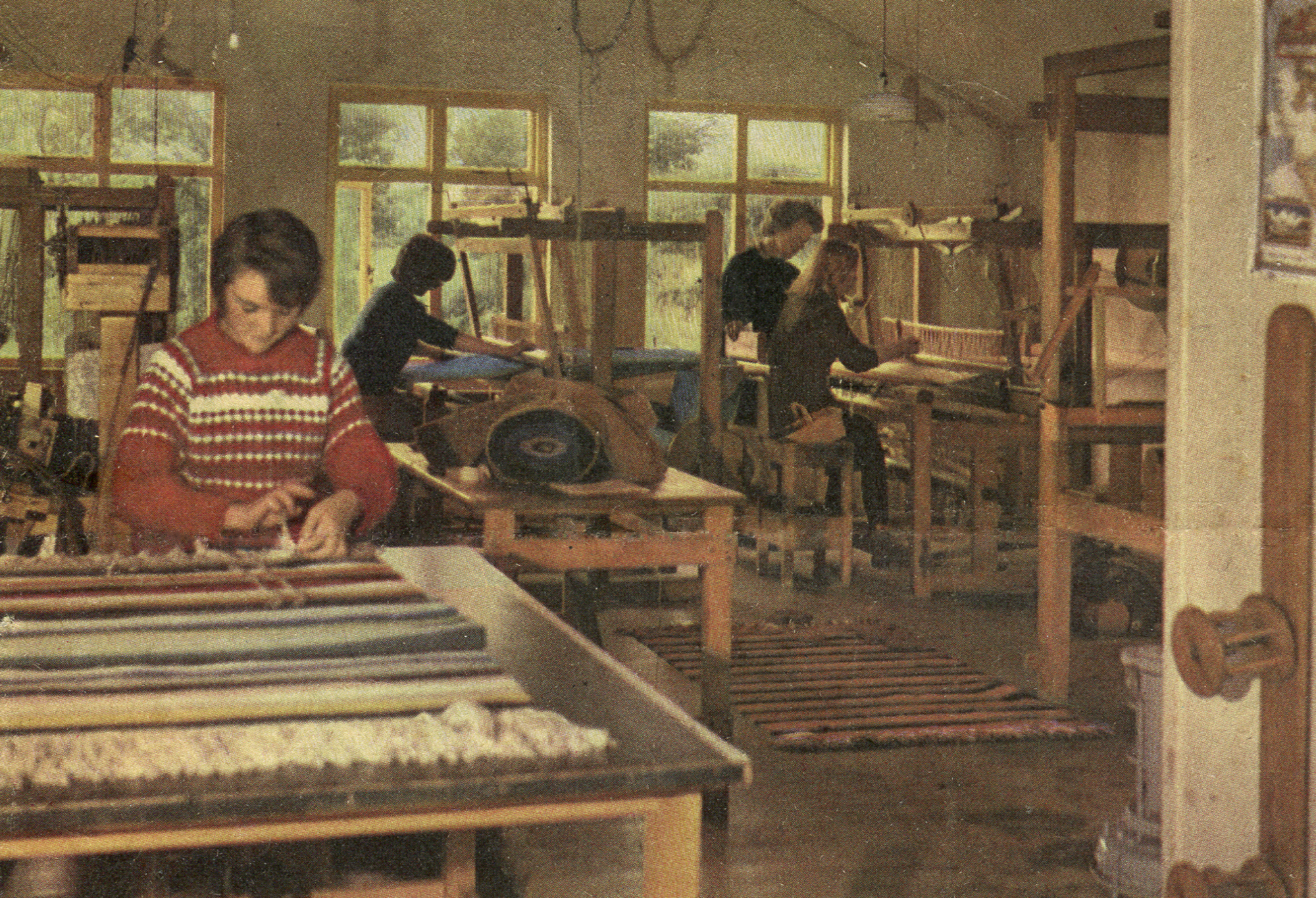
But in the late 1980s, the company faced stiff competition from cheaper Asian textiles and its fortunes declined. “The workshop went into hibernation,” remembers Sierra. “We kept the building, which lay empty for 15 years or so. Then my mum revived the business. The internet helped us: it extended our reach and we could tell the story of the brand through our website and social media.”
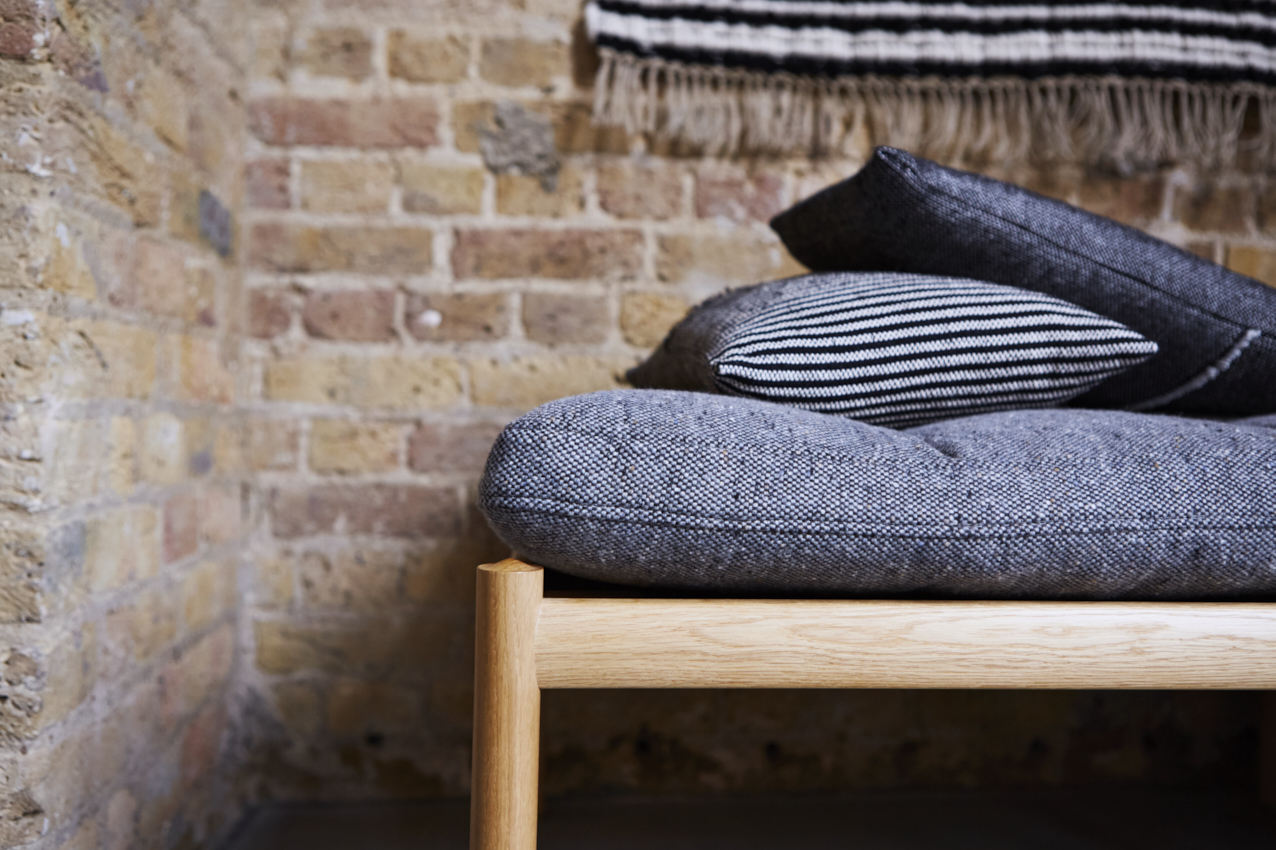
The company’s textiles are still made using locally sourced yarns and today the brand is valued for its authenticity. Clients include Carl Hansen, Pinch, twentytwentyone and fashion designer Margaret Howell. Sierra says that one effective way to convey their approach is to demonstrate the weaving process at design events. “I’ll pack hand looms into a van and take them to events in Paris and London. It makes what we do more accessible – and people can hold and feel the yarns, too.”
Photography by Tara Fisher
This story was originally featured in OnOffice 172, Autumn 2025. Discover similar stories by subscribing to our weekly newsletter here

